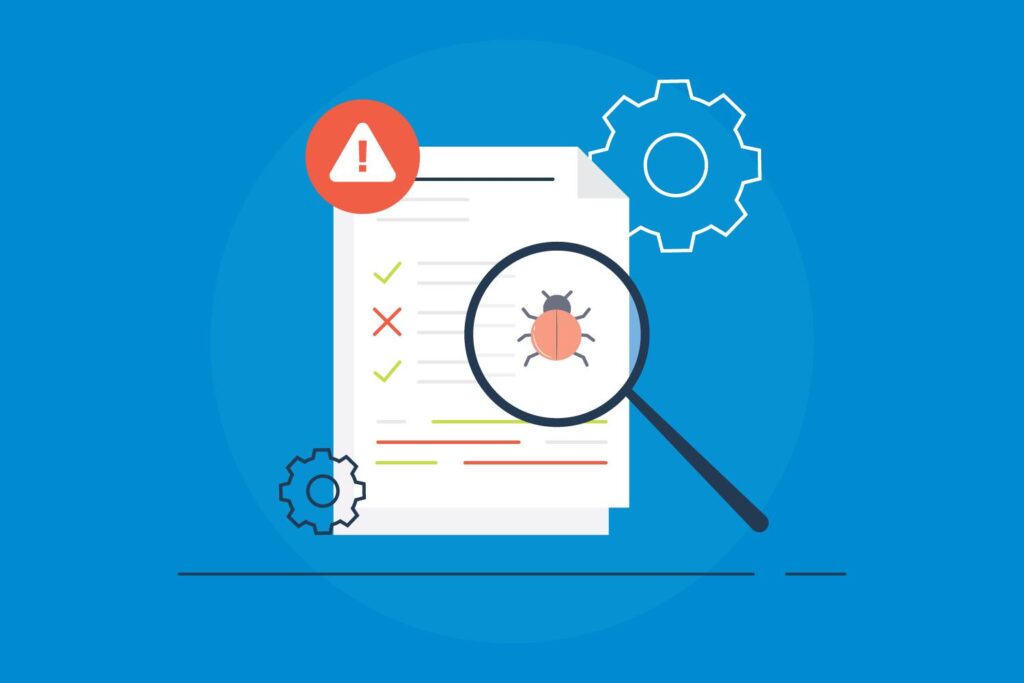Efficiency in software development leads to quality, timely releases and happier customers. A large part of that efficiency depends precisely on the successful correction of bugsand quality defect reports help programmers make these corrections quickly. By writing defect reports testers can be useful by adding detailed and precise steps to reproduce the problems they encounter, in which you should find the expected results as well as the actual results - they can also include screenshots and video attachments to help you understand the defect in question.
The details written in the defect report help programmers to understand the depth and breadth of the effect of the defect. bug and discovering the affected code. Locating broken code in a complex code base is not an easy task, especially when programmers work on more than one project at a time. The more detail the defect reporter adds to the defect report, the easier it is to reproduce, locate and fix the bug. The greater the understanding of the defect, the more likely it is that the team will fix it correctly - and without generating new, related bugs.
The details required for an understandable defect report include the following: - must include, for example:
- Unique Identification for TrackingThis allows testers find the defect by identification;
- Name of Report AuthorName and contact details;
- Application and Code Version;
- Server or Environment: Define the location where the tests were carried out;
- Browser and OS, if applicable;
- Screen or Video Captures, Log Files or ErrorsBrowser development tool logs or other log files help developers understand the defect - including video of the defect in action, or screenshots, naturally helps with visual understanding;
- Expected Outcome/Behavior and Actual Outcome/BehaviorProgrammers may not know how the application works from end to end, as they tend to code specific functions. Including the expected result - in addition to the actual result - provides crucial information for locating the defect;
- Severity/PriorityHow critical is the defect?
- Troubleshooting NotesInclude any notes on troubleshooting measures taken, database queries or error logging results.
- Among others.
Continued from the original article via TechTarget can be read here.


